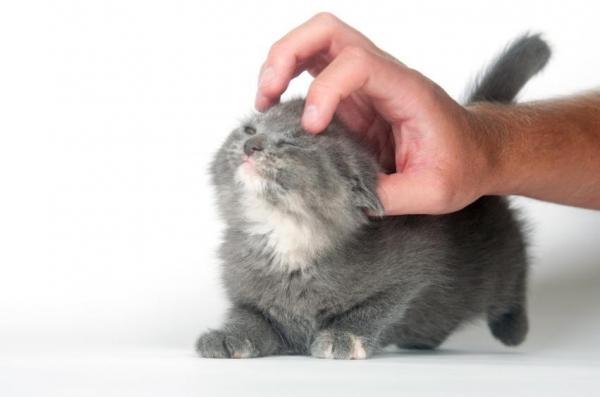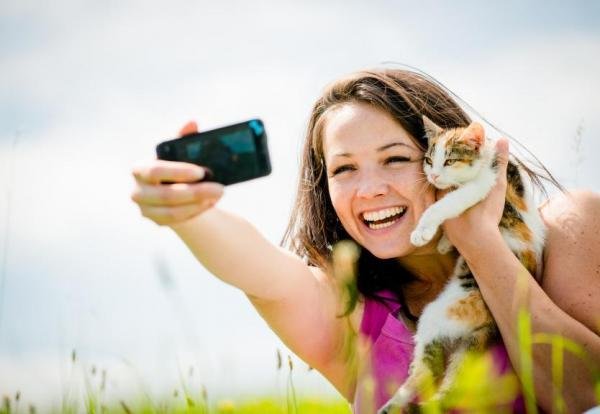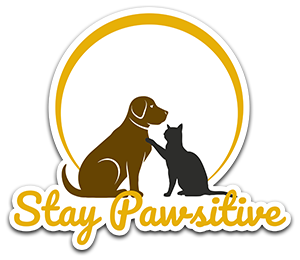Many cat owners enjoy chatting to their pet, asking them questions or even voicing their inner thoughts. This desire for communication is not a one-way street. Although often very independent, cats can be very affectionate and responsive. A common sight is to see your cat elevate its tail while petting, but what is it trying to say?
Read on in this article to discover Why do Cats Raise Their Tail When Being Petted?
Do not forget to comment and share your photos with other members to get more helpful tips.
Feline Language and False Beliefs
Cats communicate with us in many different ways such as meowing, behaviourial changes or body positioning. One very specific position is when the cat crouches slightly and raises its tail.
Many people believe that this behaviour is sexual as, in doing so, the cat usually reveals their most intimate parts. But that’s not necessarily true as even neutered cats stick their tail up when petted. Elevating the tail can happen in females when males stimulate the caudal gland underneath the tail during mating season. This would not be the case when the animal is being petted by a human.

What Does it All Mean?
When cats get into a friendly mindframe and receptive posture, they are trying to communicate the affection they feel towards us. Conversely, if we observe a cat with its tail down, we are probably looking at a frightened, scared or forlorn animal.
Exchanging odors is essential for communication between cats. For this reason, lifting the tail acquires another meaning: doing so exposes their anal glands, which produce an identifiable and unique scent for each cat.
The meaning of a raised tail is not merely a ‘presentation’ for another cat to smell these glands. This behaviour is carried out repeatedly as a display of affection, complicity and confidence in its owner.

The Tail for Feline Communication
A cat’s tail is very important for balance and movement, but unlike other appendages, they are also there for expressing different emotions:
- Tail up: This position denotes confidence, security and total control of the situation. Usually the cat shows a high tail in situations of comfort, happiness and welfare.
- Tail close to the body: This type of position indicates the opposite to the previous one: fear, distrust or uncertainty. The cat is trying to go unnoticed in a particular situation by not exposing its information through odor.
- Bushy tail: If you look at a cat with a swollen, thick and bristling tail you had better leave and give the cat privacy as these are signs of anger. Even if your cat seems to be enjoying being petted, be careful if you see its tail swish form side to side as this is usually a sign of imminent aggression.
However, there are many other factors which influence and help us better understand the bodily communication of the cat. Ears, head and body position should be observed to see what they are trying to say and is our only key to understanding the animal.

Source: animalwised.com


